The Dien Bien Phu campaign was a “meeting of troops” of the whole country. In that historic “meeting of troops”, there was the participation and significant contribution of the “press army”.

With the function of "collective propagandist, collective agitator and collective organizer", the press at the Dien Bien Phu Front not only promptly transmitted instructions and orders; encouraged and cheered the forces participating in the campaign; contributed to the success of the enemy's military and political work at the front... but also promptly transmitted hot war information to all parts of the country; contributed to strengthening trust, motivating the army and people of the whole country to maximize the role of the rear in relation to the front.
For the first time in the resistance war against the French colonialists, a rather special “army” was formed at the Dien Bien Phu Front - the “press arm”. Unlike previous campaigns, all press activities at the Dien Bien Phu Front were coordinated by the Front’s Propaganda Department and placed under the direct command of the Party Committee and the Campaign Command. The Dien Bien Phu Campaign was also the first campaign to publish a newspaper at the front - the People’s Army. The organization and operation of the press at the Dien Bien Phu Front was a rather special phenomenon. That “special” nature is shown in the following points:
1. The press at the Dien Bien Phu Front gathered a large force of "writers" from many different agencies and professions to form a "special force" - the press force: The Dien Bien Phu Campaign was the largest, longest and fiercest campaign in the resistance war against French colonialism; at the same time, it was also the campaign with the participation of the largest number of journalists and the most vibrant press activities. The Dien Bien Phu Front was not only a school for training mettle, willpower and endurance; but also a place to vividly demonstrate the functions and tasks of journalists - soldiers on the ideological front.
Even before the Dien Bien Phu Campaign took place, in the Directive on propaganda work (including the press), the Politburo and the Central Military Commission clearly stated: The task of propaganda work is to make cadres and soldiers clearly aware of the special importance of the campaign; to turn the assessments and policies of the Central Committee and the Central Military Commission into awareness and determination of the masses to ensure the success of all tasks...
Understanding that spirit, many reporters were selected and sent to the Dien Bien Phu Front. They were not only good war reporters, but also multi-talented journalists. Together with reporters from corps and regiment level newspapers... and also artists and propaganda officers from agencies and units, they formed a powerful "press arm" working right at the front.
Although the press team at the Dien Bien Phu Front came from many different agencies and sectors, they were all under the direct command of the Campaign Command.
Journalists and reporters at the Dien Bien Phu Front, whether professional or amateur, always had to be quick and creative. To get a piece of news or a report, they had to manage everything from “A” to “Z”, keeping up with the teams, units, and thinking of topics...
It can be said that, in addition to enduring the harsh challenges of the battlefield and fighting like soldiers, journalists at the Dien Bien Phu Front also had to struggle and immerse themselves in the lives of soldiers, laborers, and youth volunteers to feel the breath of the battlefield, promptly produce moving and pervasive articles, and encourage the army and people in the rear of the whole country to devote their efforts and hearts to the historic Dien Bien Phu Campaign.
2. For the first time in the history of Vietnam's revolutionary press, we organized an editorial office and published a front-line newspaper: Due to the special nature of the Dien Bien Phu campaign, before the campaign began, implementing the direction of the Chief of the General Department of Politics, the Editorial Board of the People's Army newspaper established the Front-line Editorial Board and formed the "framework" of the Front-line newspaper editorial office.
It was called the Editorial Office but in fact it was only five people; they were soldiers, reporters, editors, and also administrative and political staff. With a proactive and creative spirit, all difficulties and obstacles were gradually resolved. The People's Army Newspaper at the front was "launched" on time and quickly became an indispensable spiritual food for soldiers, laborers, and youth volunteers. Its presence created a rather special mark in the history of the development of Vietnam's revolutionary press; at the same time, it was also a "unique, one-of-a-kind" phenomenon in the contemporary world press.
On December 28, 1953, the People's Army newspaper at the front published its first issue. During its existence in the Muong Phang valley, the newspaper published at the Front published 33 issues, of which 15 were published before the opening day of the campaign (March 13, 1954).
Source


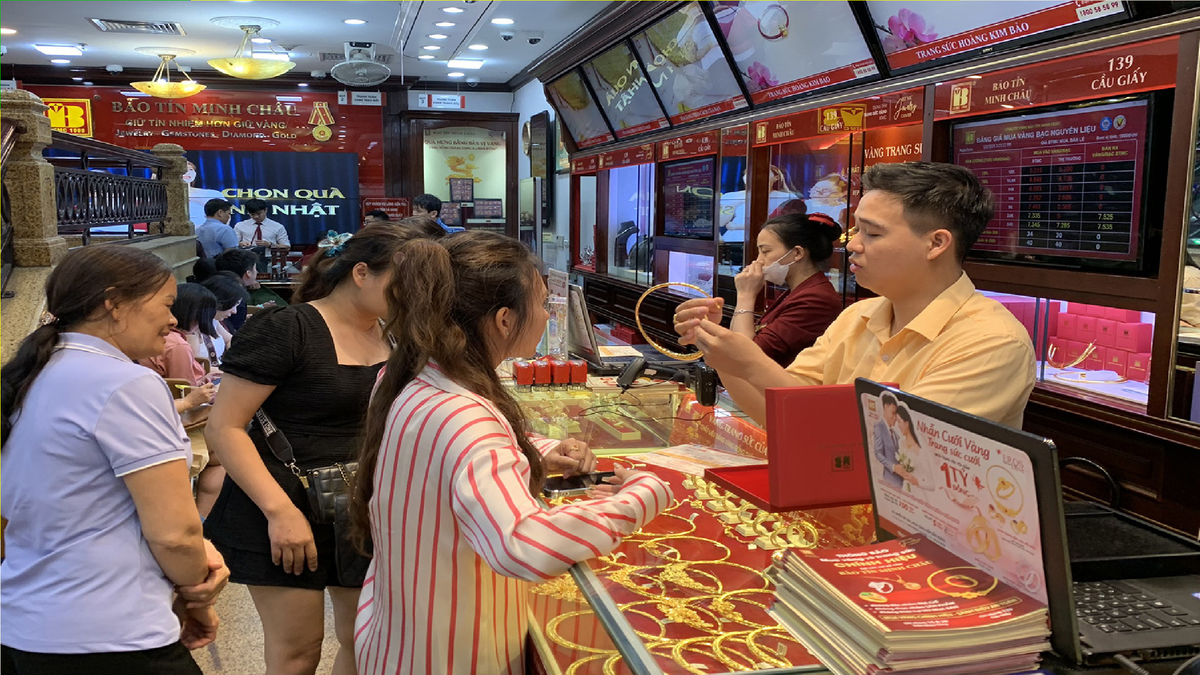
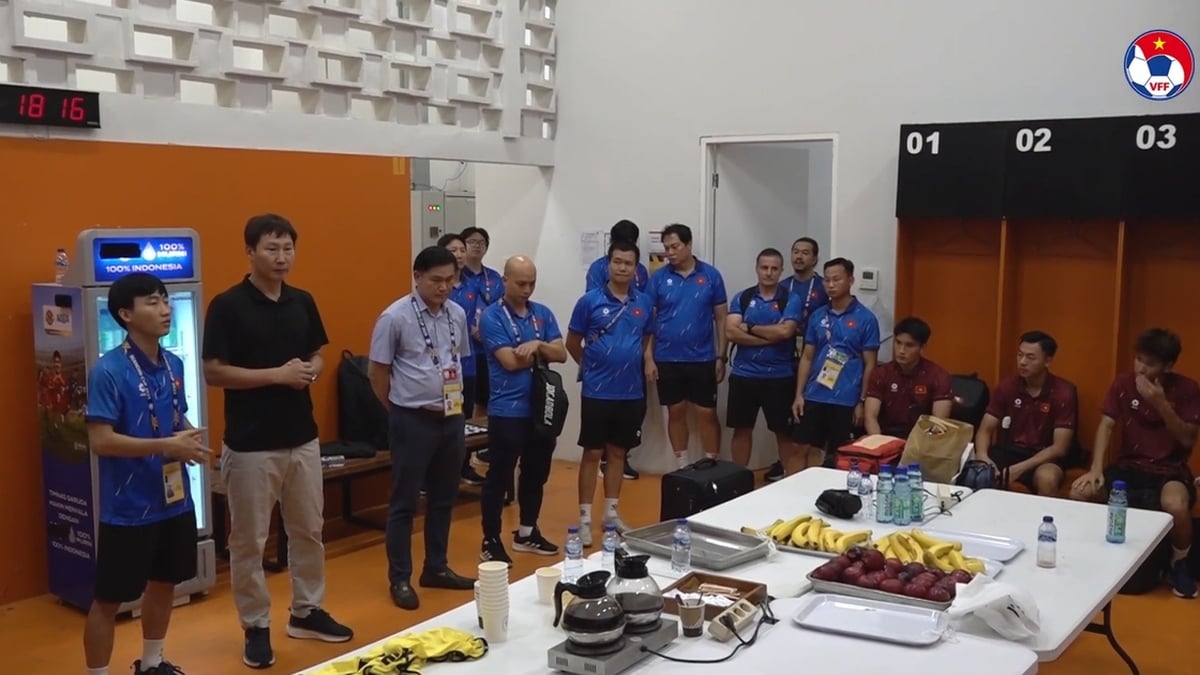
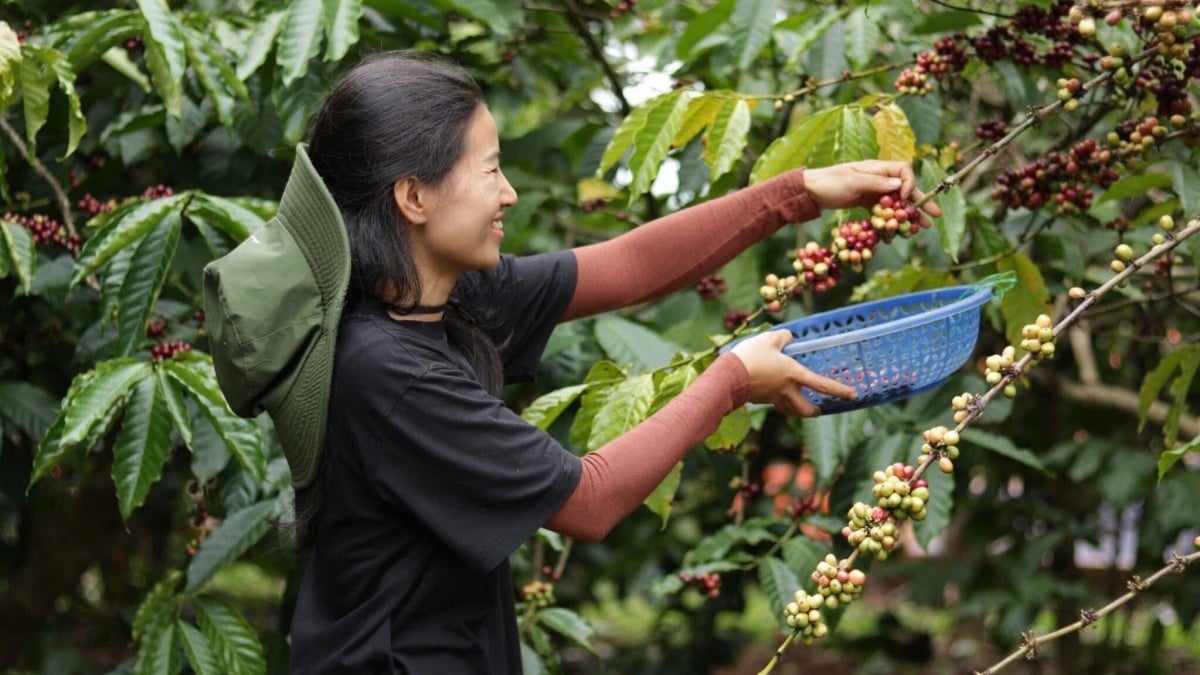

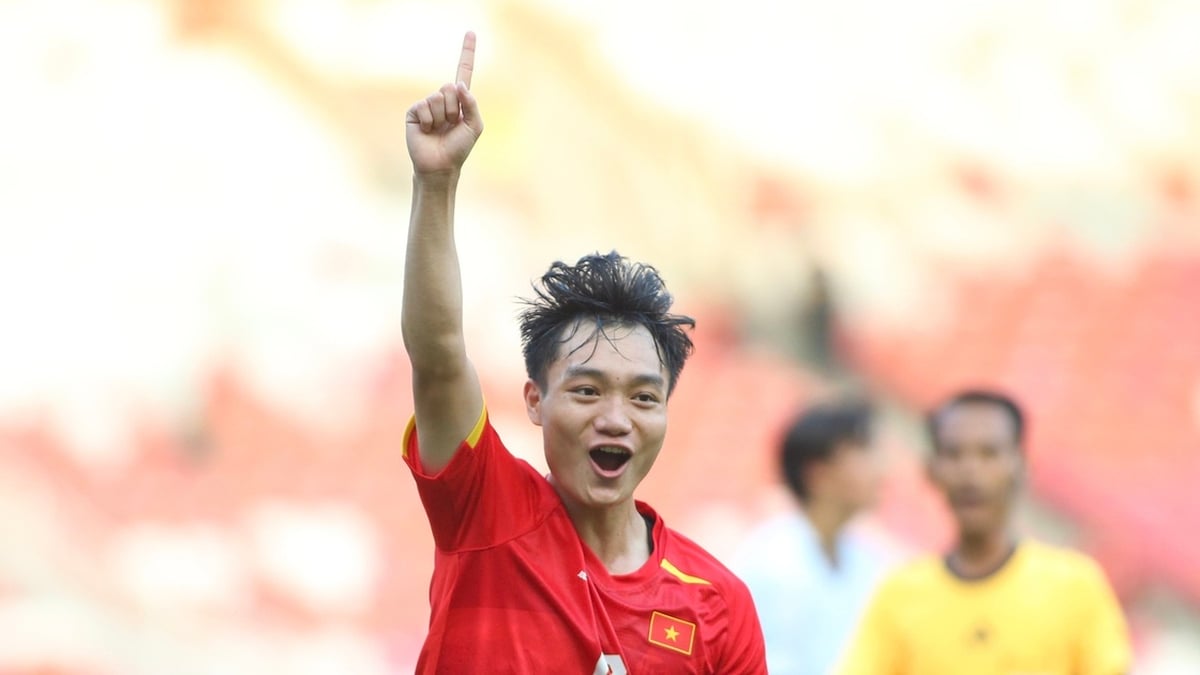
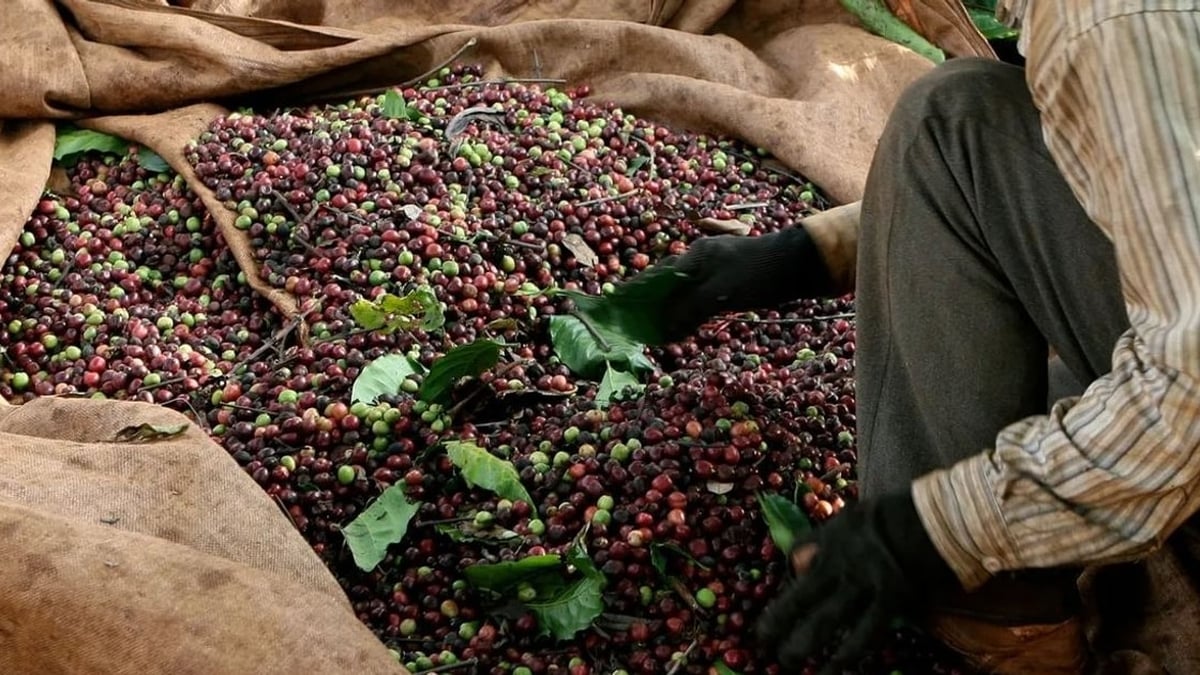


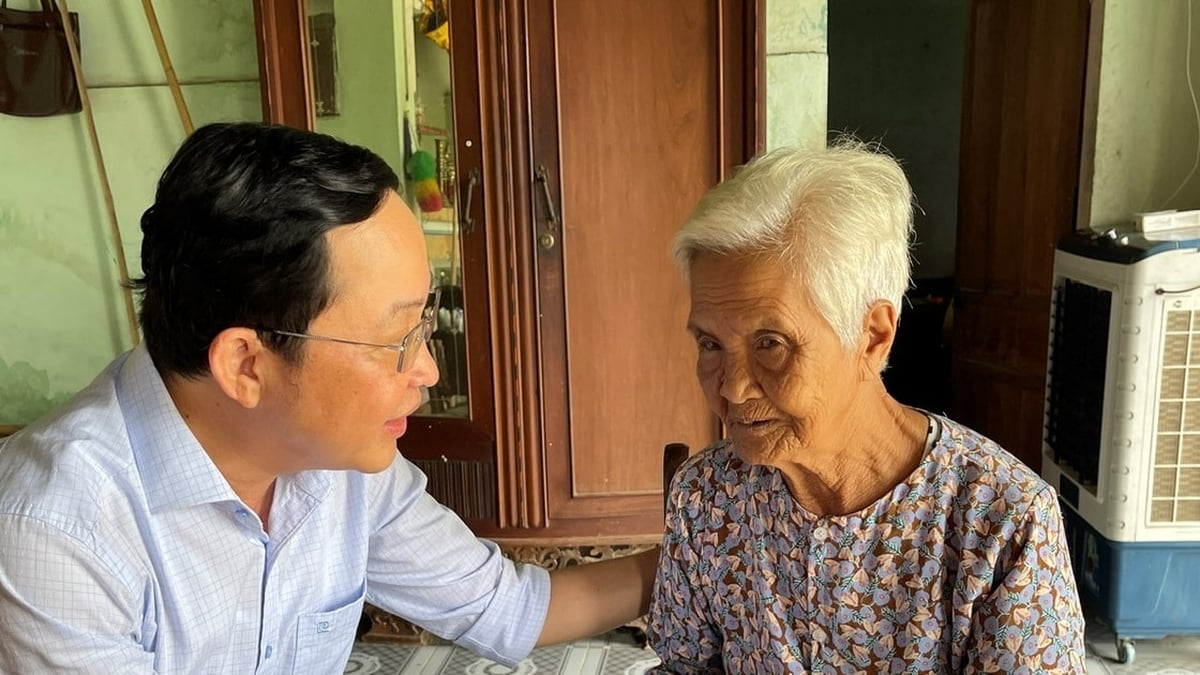











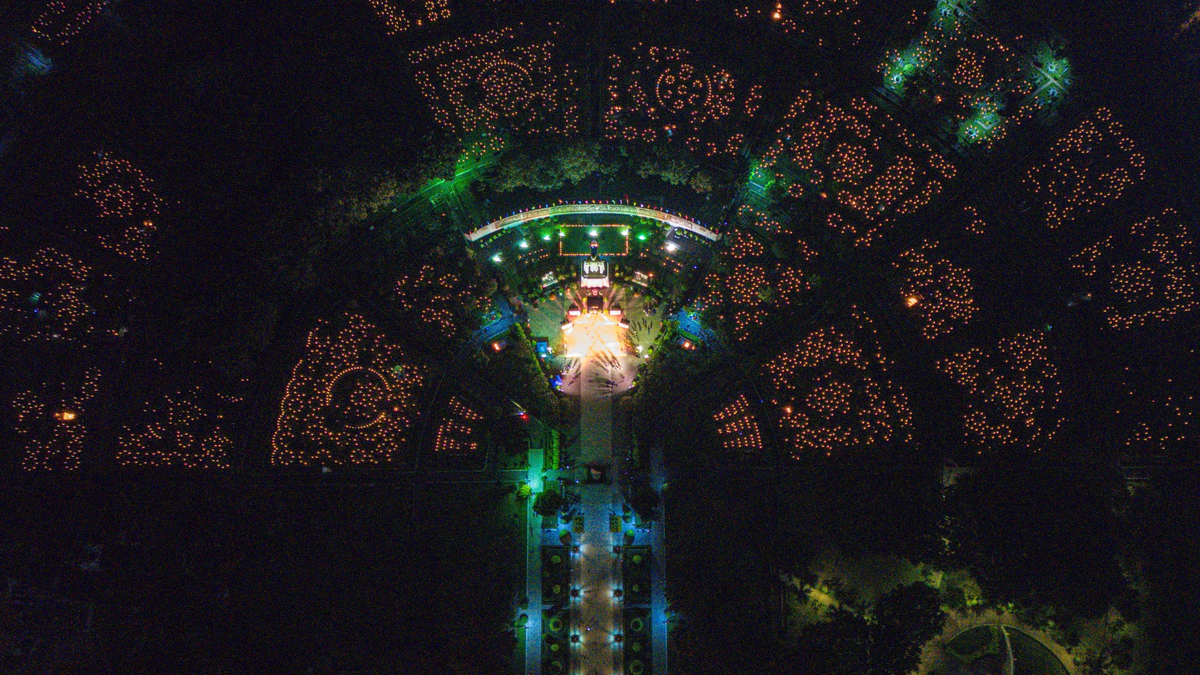
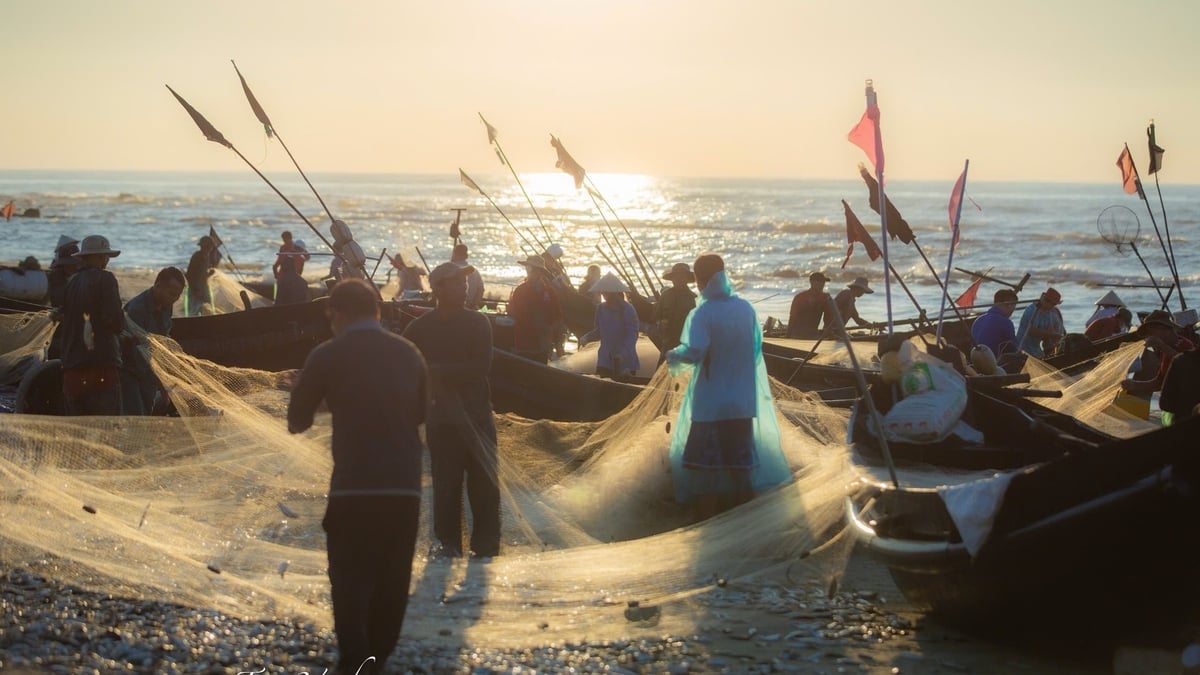
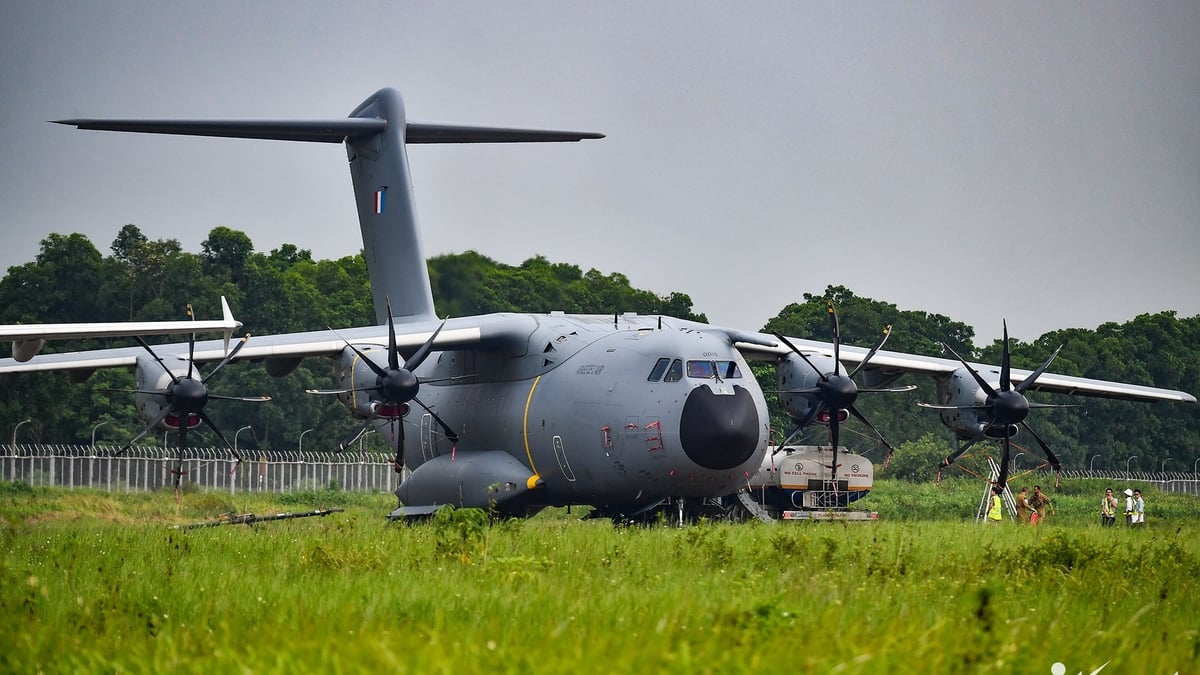
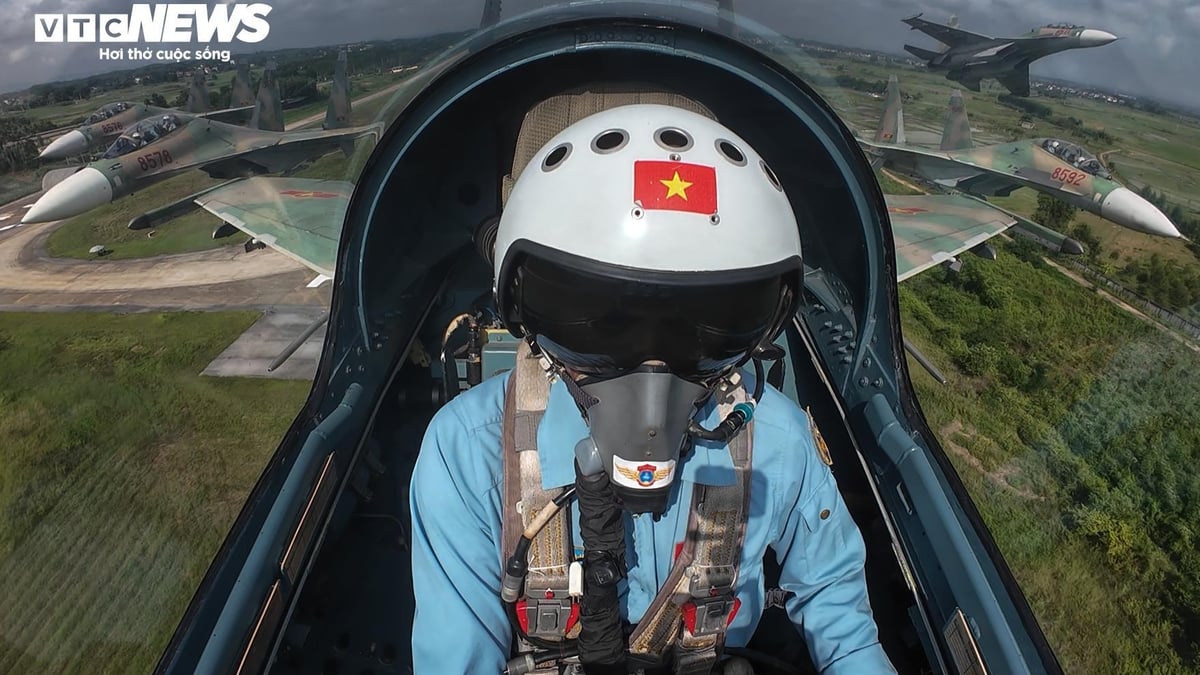
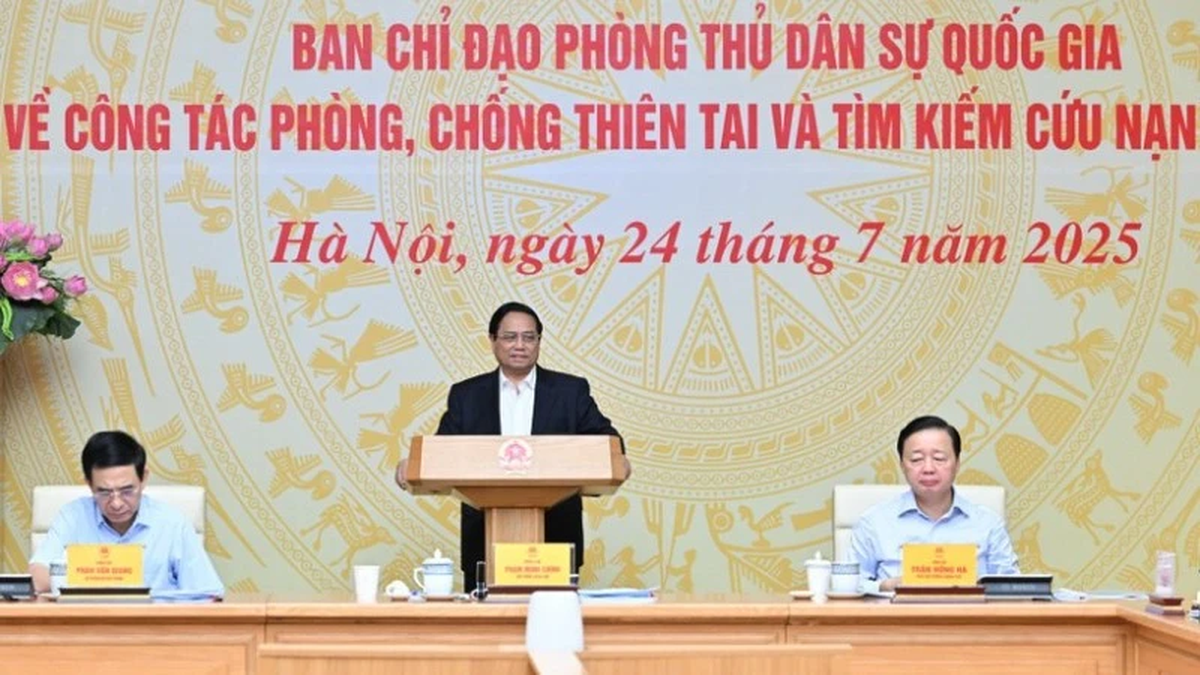
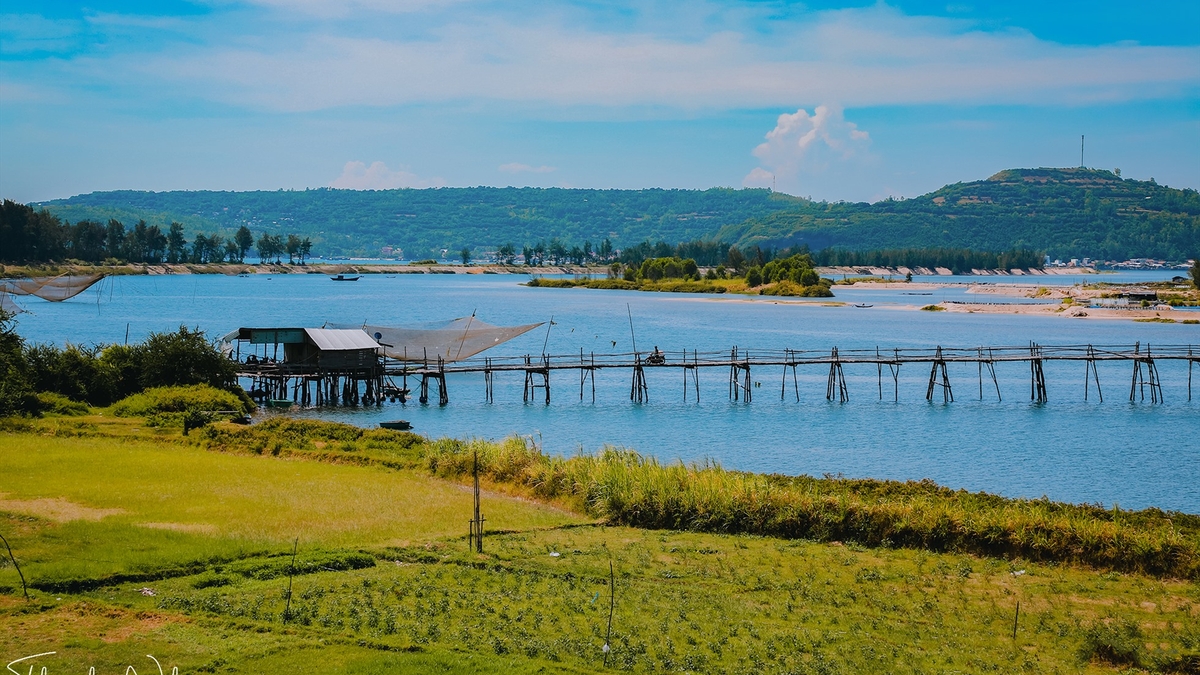
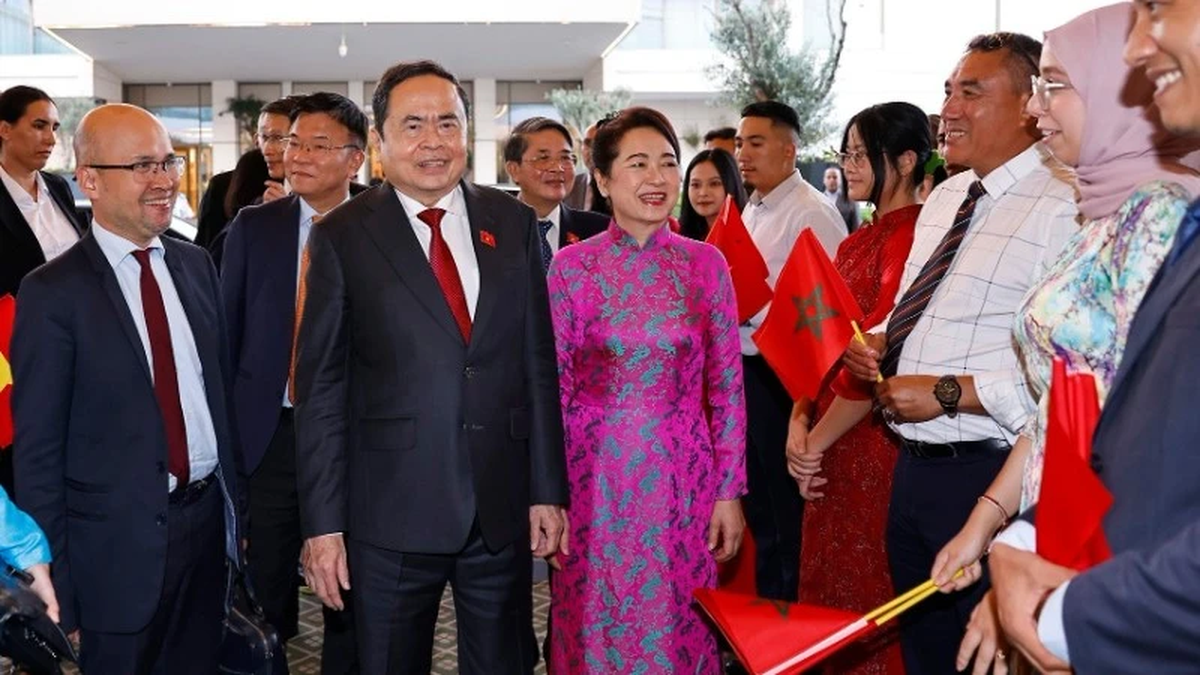

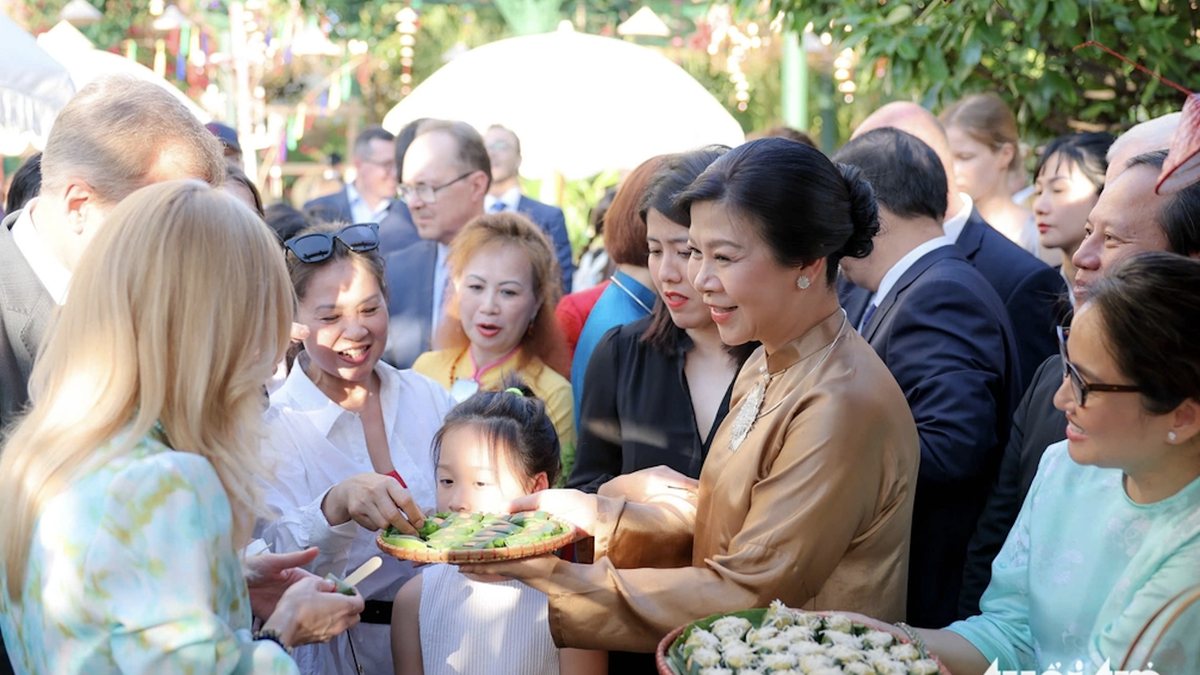

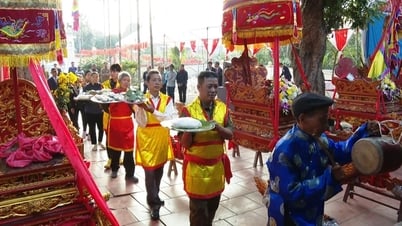


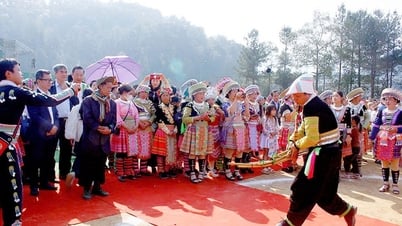



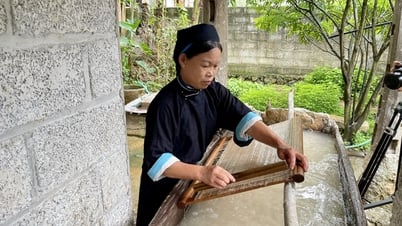

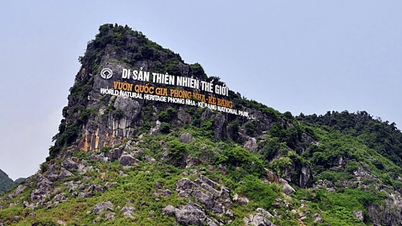

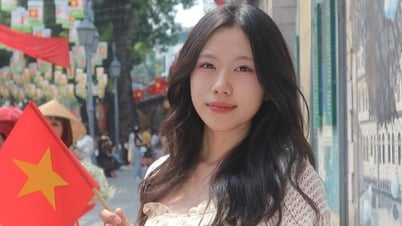

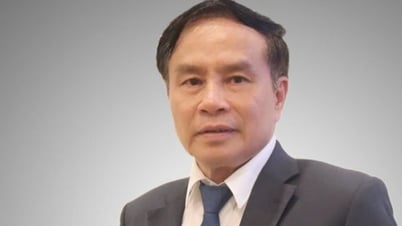

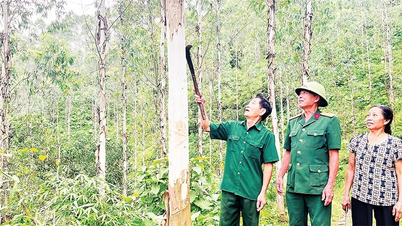

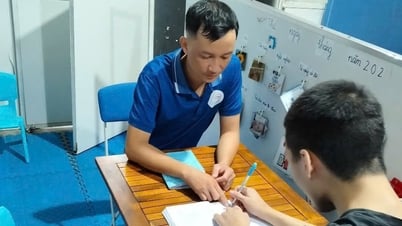

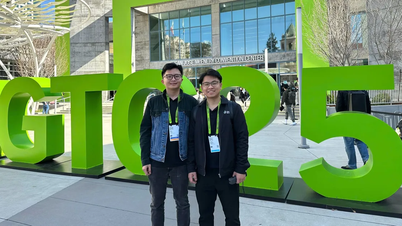


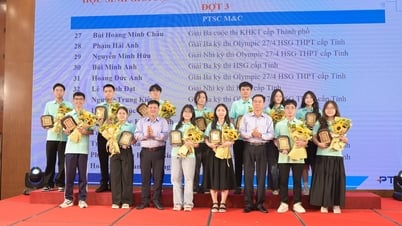
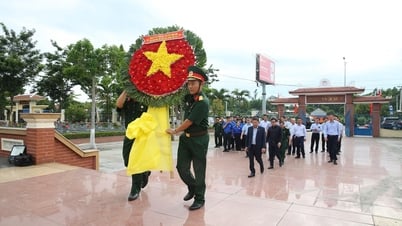



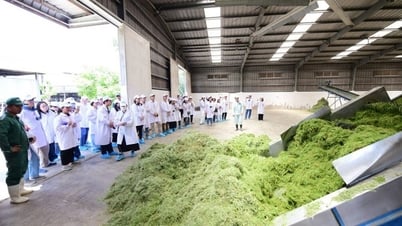





![[Photo] National Assembly Chairman Tran Thanh Man receives Chairman of Morocco-Vietnam Friendship Association](https://vphoto.vietnam.vn/thumb/402x226/vietnam/resource/IMAGE/2025/7/26/b5fb486562044db9a5e95efb6dc6a263)
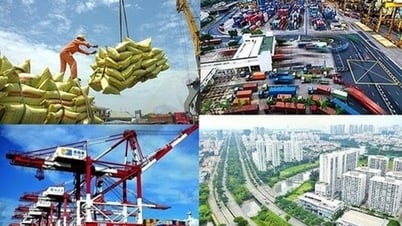



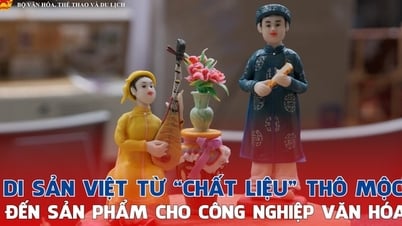

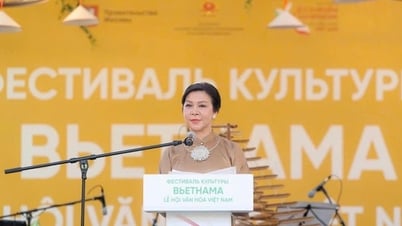
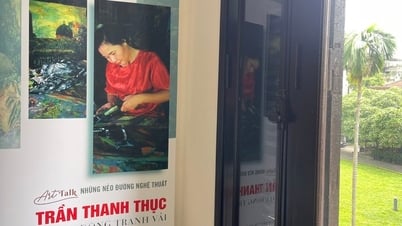
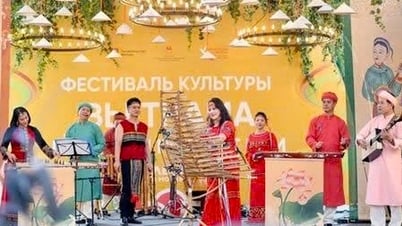
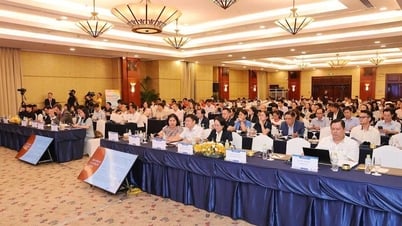

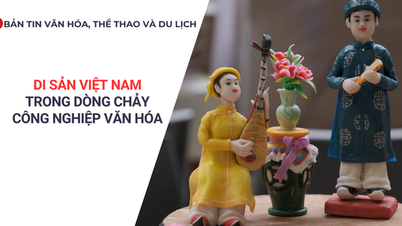










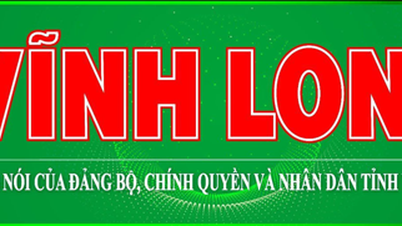





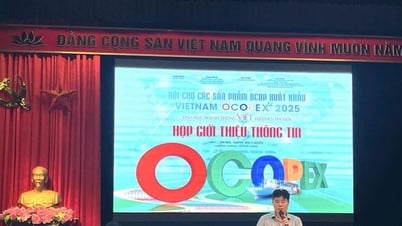



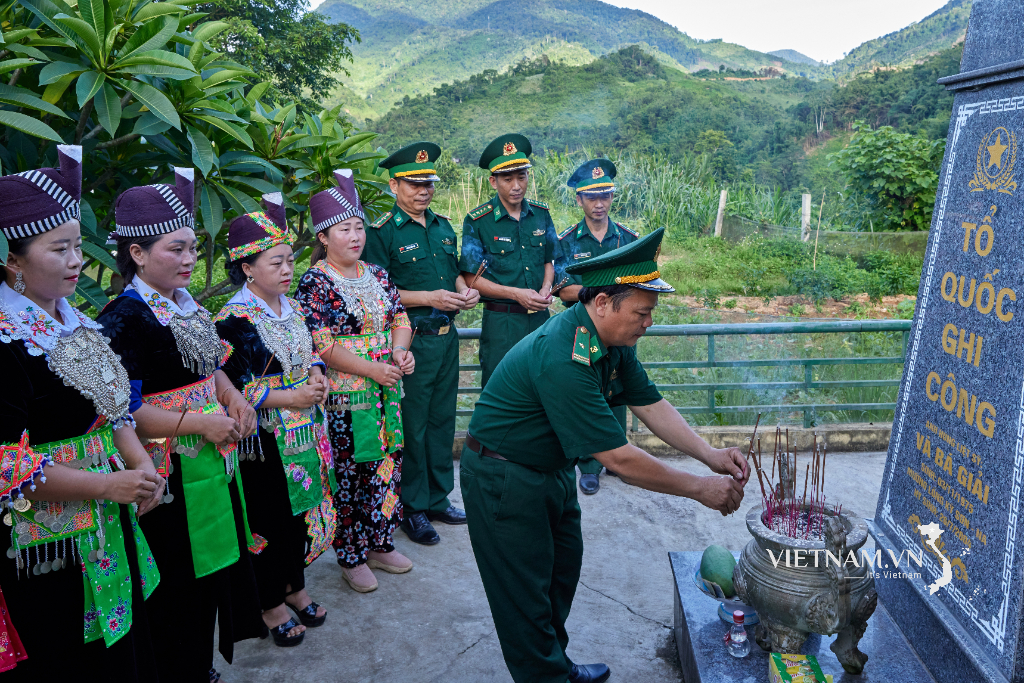


Comment (0)